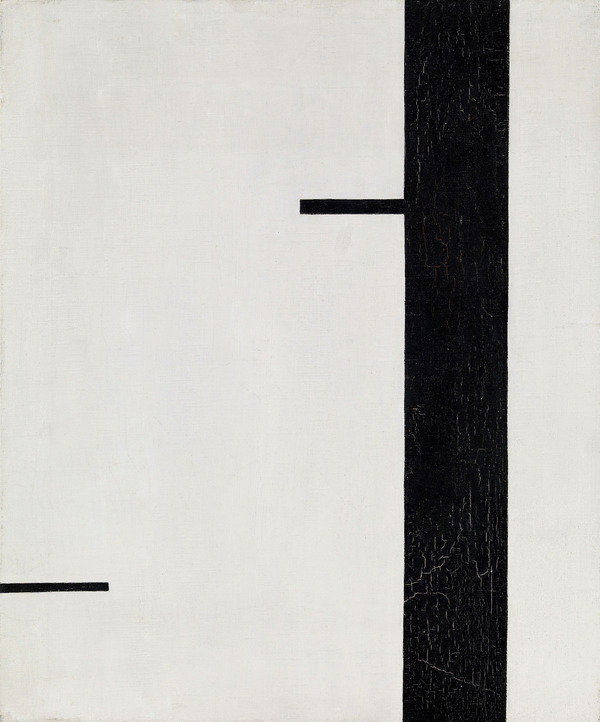Alexander Calder Gallery
dal 26/9/2014 al 5/9/2015
Segnalato da
26/9/2014
Alexander Calder Gallery
Fondation Beyeler, Basel
The third presentation of a series devoted to particular aspects of the American sculptor's work concentrates on Calder's first nonobjective paintings, major examples of which will be shown in striking dialogue with his groundbreaking sculptures from the 1930s.

In 2012, the longstanding partnership between the Fondation Beyeler and the Calder Foundation (New York) gave rise to the idea of a rotating “Alexander Calder Gallery,” a series of three specific presentations devoted to particular aspects of the American sculptor’s work. The first of these galleries opened in the year of its inception, followed by a second one in 2013.
On 27 September, the Fondation Beyeler will unveil the third presentation, concentrating on Calder’s first nonobjective paintings, major examples of which will be shown in striking dialogue with his groundbreaking sculptures from the 1930s.
Calder’s largely unknown abstract paintings mark the decisive transition from figuration to abstraction in the artist’s work, and at the same time herald his first abstract sculptures in which he progressively introduced not only actual motion, but also unprecedented concepts such as viewer intervention and sonorous interaction.
Calder moved to Paris in 1926 and in the following years became a fixture in the avant-garde artistic circles that constituted the pulsating centre of Modernism. Calder quickly gained renown for his beloved work of performance art, Cirque Calder, which many of his artist contemporaries came to see, including Piet Mondrian, who reciprocated by opening the doors to his Paris studio in October of 1930. Calder was intrigued by Mondrian’s studio environment, in which every object was aesthetically conceived and intentionally positioned.
Following his visit of Mondrian’s studio, Calder created his first abstract paintings during a two-week period, reducing his pictorial compositions to a few basic components through which he examined elementary spatial relations between form, color, lines, and planes.
In these compositions, a relationship to other modern artists such as Vasily Kandinsky and Jean Hlion are apparent. Calder explored central themes and motifs that he soon transferred to the medium of sculpture, leading to his abstract wire objects, his invention of the mobile in 1931, and his motorized wall panels.
For most visitors, Calder’s abstract paintings will provide a fascinating new insight into the beloved sculptor’s oeuvre. The third Calder Gallery, organized in close collaboration with the Calder Foundation, concludes the series of focused presentations of the artist’s work at the Fondation Beyeler.
Caption: Alexander Calder, Untitled, 1930, Oil on canvas, 92 x 73 cm, Calder Foundation, New York; Calder Foundation, New York / 2014, ProLitteris, Zurich
Image: Alexander Calder, Untitled, 1930. Oil on canvas, 46 x 38.1 cm. Calder Foundation, New York © Calder Foundation, New York / 2014, ProLitteris, Zurich
Further information:
Elena DelCarlo, M.A.
Head of PR / Media Relations
Tel. + 41 (0)61 645 97 21, presse@fondationbeyeler.ch, www.fondationbeyeler.ch
Fondation Beyeler
Beyeler Museum AG, Baselstrasse 77, CH-4125 Riehen, Switzerland
opening hours: 10 am - 6 pm daily, Wednesdays until 8 pm



